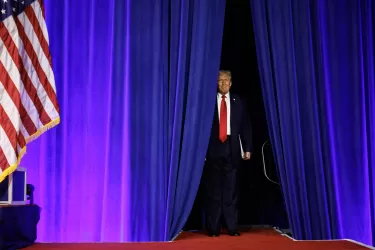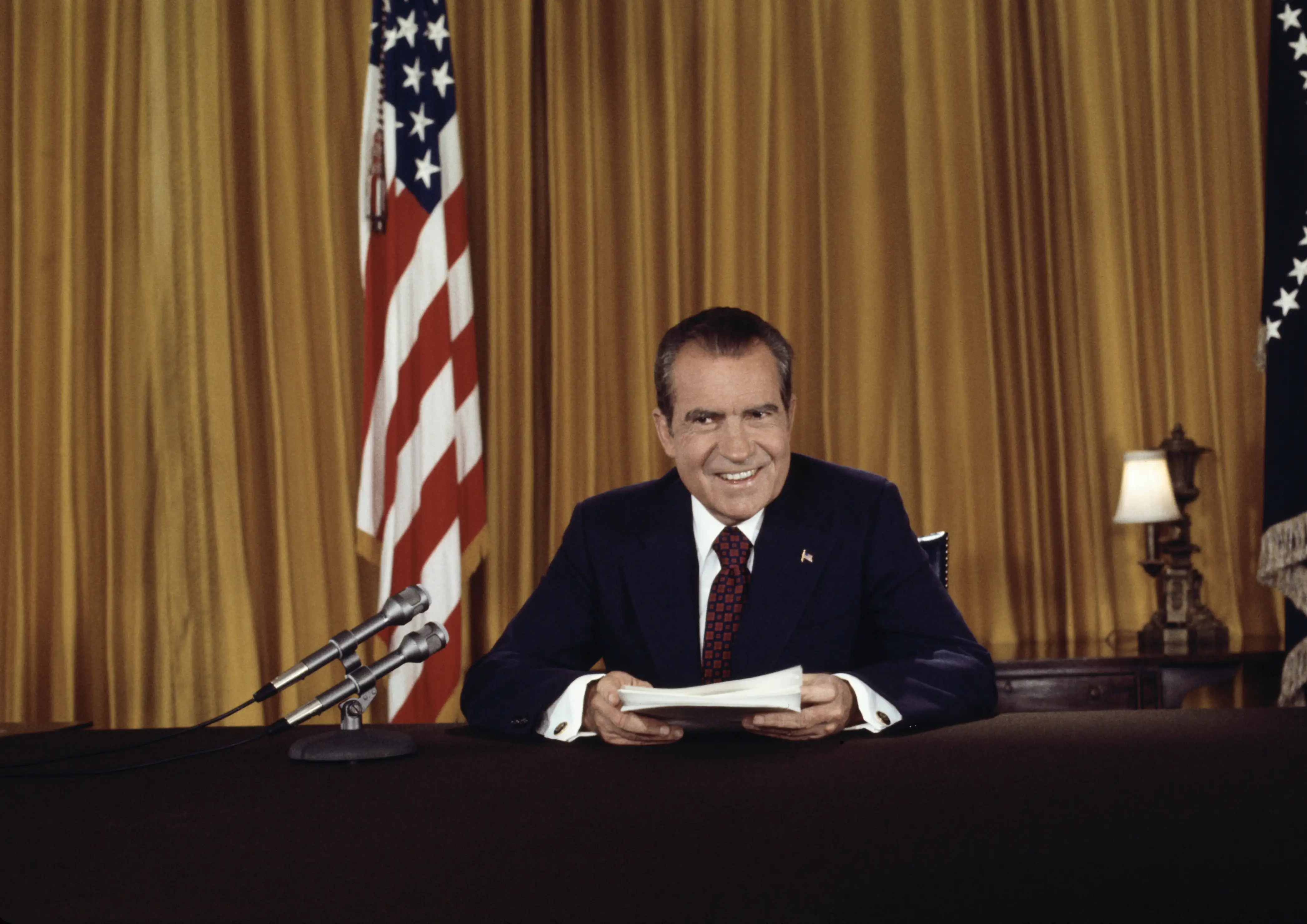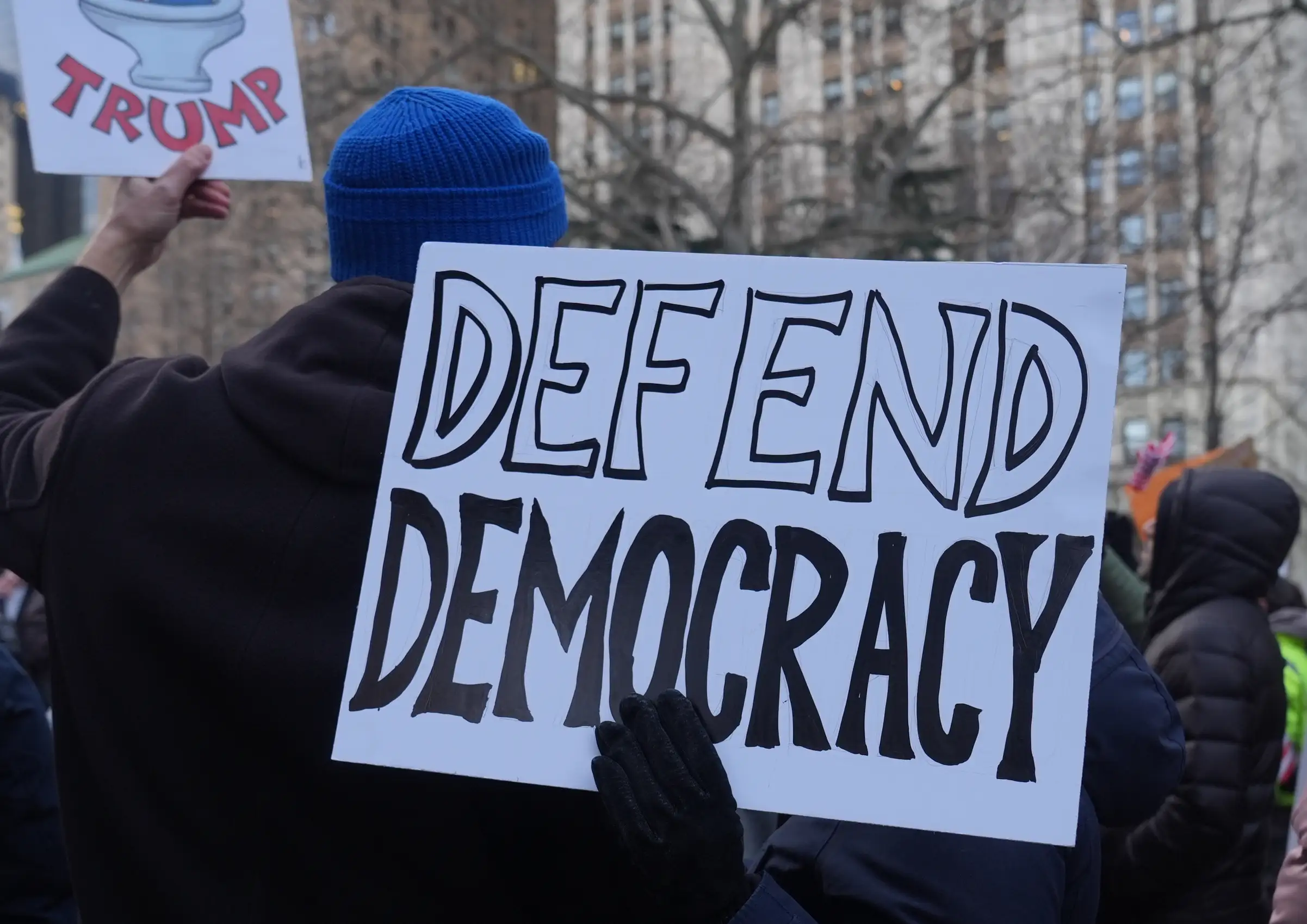
Politics & Society
8 reasons not to be afraid of President Trump 2.0

Americans should look much closer to home to understand what authoritarian regimes look like – the modern models of dictatorship in Latin America
Published 10 February 2025
As I watch reports coming out of my home country, the United States, it probably isn’t surprising that I feel increasing dread.
As a white woman, this dread isn’t due to a fear that my immediate family (or even many friends) might face physical harm as a direct result of the Donald Trump II presidency, though that sense of security is fading fast.

But if we look at psychological harm to myself and the ones I love, that has been an ongoing struggle since 2015 and will likely get worse.
For all that, the dread I feel is more about my ever-increasing certainty that I am watching the US enthusiastically leap into an authoritarian regime, the likes of which hasn’t existed on American soil since the Jim Crow era.
But white supremacist authoritarian dictatorships have long found homes in the expansive territory of the Americas.
Rather than looking to Hitler or Stalin or modern authoritarians like Russia’s Vladimir Putin to make sense of what has happened over the past few weeks, Americans can and should be looking much closer to home to understand and contextualise the experience.

Politics & Society
8 reasons not to be afraid of President Trump 2.0
They should be looking to more recent models of dictatorship in Latin America. And part of the reason that those comparisons are more appropriate is because Latin American dictators have almost always emerged from democratic systems, unlike precedents set by extremists in Europe or Asia.
After all, neither Hitler nor Stalin had any love of democracy, but men like Brazil’s Humberto Castelo Branco, Argentina’s Jorge Rafael Videla and Chile’s Augusto Pinochet all did.
In fact, they insisted that the coups they led and the dictatorial powers they enjoyed were all designed to protect democracy in their respective nations.
These are only some of the more recent Latin American leaders in living memory to use the title of ‘president’ while presiding over nations where elections were indefinitely cancelled or put on hold to protect democracy in the abstract – while persecuting political rivals in the concrete.
1 / 3
The notion that democracy can only be protected by anti-democratic practices goes all the way back to the very foundation of Latin American nations as independent states in the 19th century.
This just demonstrates how nebulous the divide between democracy and dictatorship is in both theory and practice.
As the effort to enrich billionaires becomes an increasingly more obvious mainstay of the Trump II administration, it may help to explain why the United States (in contrast to its Latin American neighbours) has managed to avoid this kind of democratic precarity until now.
That said, leaders like Andrew Jackson and Richard Nixon stand out as men cut in the mould of American dictators.

Politics & Society
Trump’s victory will recast American politics in his own image
Overall, Latin American nations have not been able to benefit economically from their vast resources which has facilitated instability that any moderately competent ideologue can leverage.
Indeed, income inequality has characterised much of the region’s history but it has typically become significantly worse under dictatorships sponsored by the concept of democracy.
And this is the most salient point.
Latin American dictators of the 1960s, 70s and 80s made it clear that their mission was to protect and, in some cases, restore democracy to a nation that had somehow been corrupted by “outside agitators” and “communists”.

The very presence of political disagreement and debate within Argentina, Brazil or Chile in those decades was treated as proof at the time that the democratic system was unreliable and overwhelmed by those who sought to defeat it with their “special interests”.
Looking at the executive orders streaming out of the Oval Office since 20th January, that theme is one of the most apparent, particularly the effort to demonise anyone even somewhat associated with the LGBTIAQ+ community.
Trump’s behaviour and agenda mirror these previous American dictatorial regimes in his craven quest to enrich himself and his family – as well as his explicit glee at seeing his lackeys perpetrate violence (both psychological and physical) on the most vulnerable among us.
What sets him apart from his Latin American predecessors is his seeming obsession with returning to a past in which the United States ruled supreme (although when this actually was remains hazy).

Business & Economics
Trump, tariffs and the implications for Australian supply chains
While Latin American dictators certainly had ideas about what constituted appropriate gender roles and appropriate history to teach at public institutions, no Latin American nation has ever been able to claim this sort of power on a global scale.
Although Latin American nations provide a much more reliable roadmap for the United States to get out of dictatorship and back into democracy (rather than Nazi Germany), not one of these three nations was ever able to boast of having the most powerful economy in the world.
Not one Latin American country has ever claimed ownership of the world’s largest military.
No Latin American nation has been so central to international diplomacy and foreign aid.

And, with the exception of Argentina, these regimes were all able to remain in power for decades, casting extremely long shadows into the present.
How long will a dictator from the United States be able to maintain control and what is Trump’s likely legacy?
These questions are at the very root of my dread about the future, not just for my home country – but for the world at large.